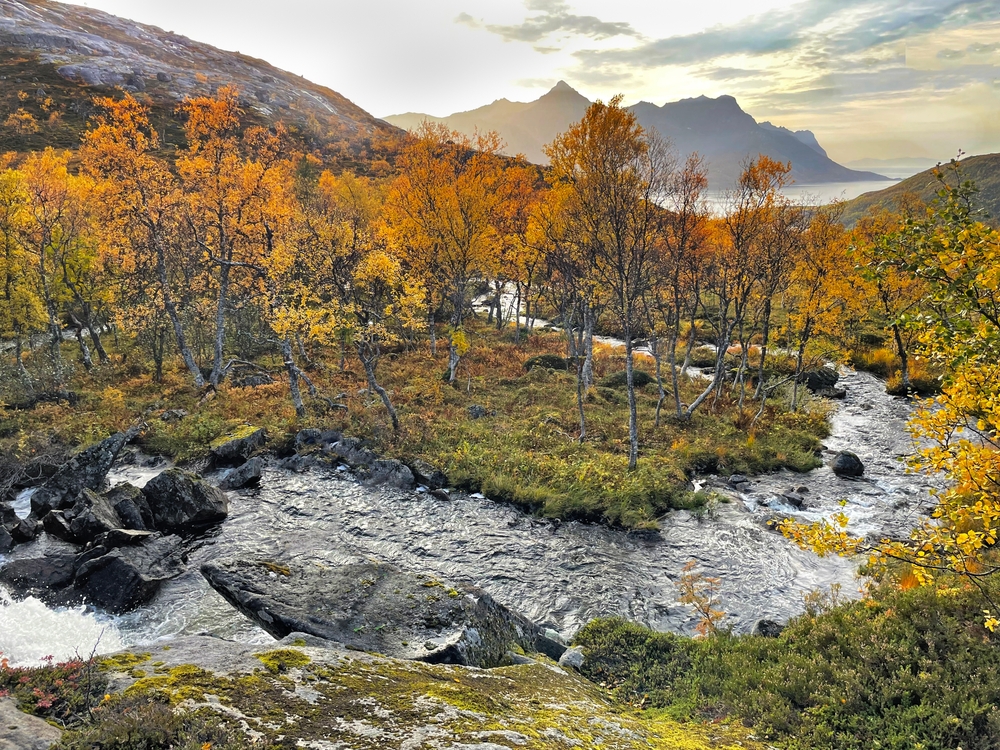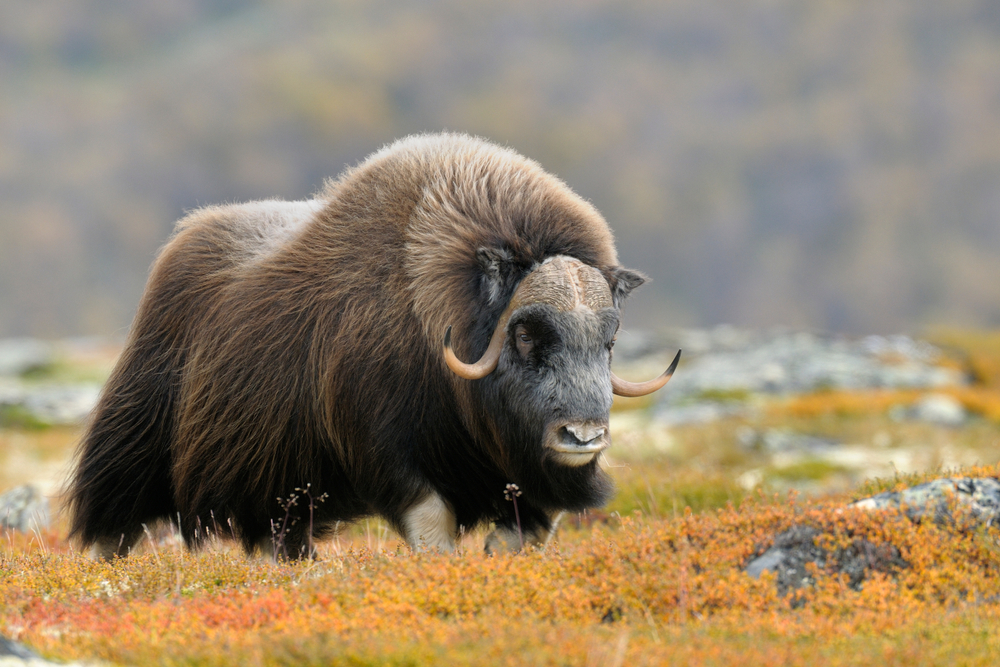Anderdalen Overview
Anderdalen National Park, known locally as Anderdalen nasjonalpark, is located on the island of Senja in Troms og Finnmark County, Norway.
Established in 1970 and later expanded, the park spans approximately 51 square miles (134 square kilometers). This protected area showcases the diverse landscapes of northern Norway, from rugged mountains and deep valleys to coastal inlets and dense forests.
The park’s varied terrain features rolling hills, alpine plateaus, and dramatic fjords that characterize the Norwegian coastline. Within its boundaries, visitors will find rich pine and birch forests, as well as peat bogs and small lakes that create a dynamic and varied ecosystem.
The landscape of Anderdalen National Park is shaped by both glacial and coastal influences, resulting in a mix of rocky ridges and lush valley floors. The park’s mountainous terrain is interspersed with lakes and rivers, making it an ideal habitat for a variety of wildlife.
Notably, the park is home to the mighty Ånderdalen Valley, a stunning stretch of land where old-growth pine trees stand tall against a backdrop of rugged hills. The presence of pristine wetlands contributes to the park’s ecological diversity, serving as a crucial habitat for waterfowl and other wildlife. Throughout the seasons, the park undergoes dramatic transformations, with lush greenery dominating in the summer months and a pristine layer of snow covering the landscape in winter.
The wildlife in Anderdalen National Park is emblematic of northern Norway’s boreal and subarctic ecosystems. Moose are among the most prominent mammals found within the park, often seen grazing in meadows or near water sources. Red foxes, Eurasian otters, and hares also roam the park’s forests and open lands.
The park is an excellent destination for birdwatchers, as it provides nesting grounds for numerous bird species, including the white-tailed eagle, common redpoll, and willow ptarmigan. Waterfowl such as whooper swans and various species of ducks frequent the lakes and marshlands. During the winter, some of these birds migrate, while others, like the ptarmigan, remain and adapt to the harsh Arctic conditions.
Among the most popular features of the park is the opportunity to explore its untouched wilderness, offering visitors a chance to experience true Norwegian nature. The vast network of trails allows hikers to immerse themselves in the park’s scenic beauty, with routes leading through dense forests, across open moorlands, and up to stunning viewpoints overlooking the coastline.
Camping is a favored activity in the park, with designated areas where visitors can set up tents and enjoy the solitude of nature. Fishing is also permitted in the park’s rivers and lakes, where anglers can try their luck catching trout and Arctic char. In winter, the landscape transforms into a paradise for snowshoeing and skiing, drawing adventurers who appreciate the serene and snowy surroundings.
Conservation efforts in Anderdalen National Park have been largely successful, particularly in preserving the old-growth pine forests that are rare in this part of Norway. Strict regulations help protect the fragile ecosystem while allowing for sustainable tourism and recreational activities.
Challenges persist, particularly with climate change affecting the delicate balance of the boreal environment, but ongoing management efforts aim to mitigate its impacts. The park remains a vital refuge for wildlife and a cherished natural space for both locals and visitors who seek an authentic and pristine outdoor experience in Norway’s northern wilderness.













































































